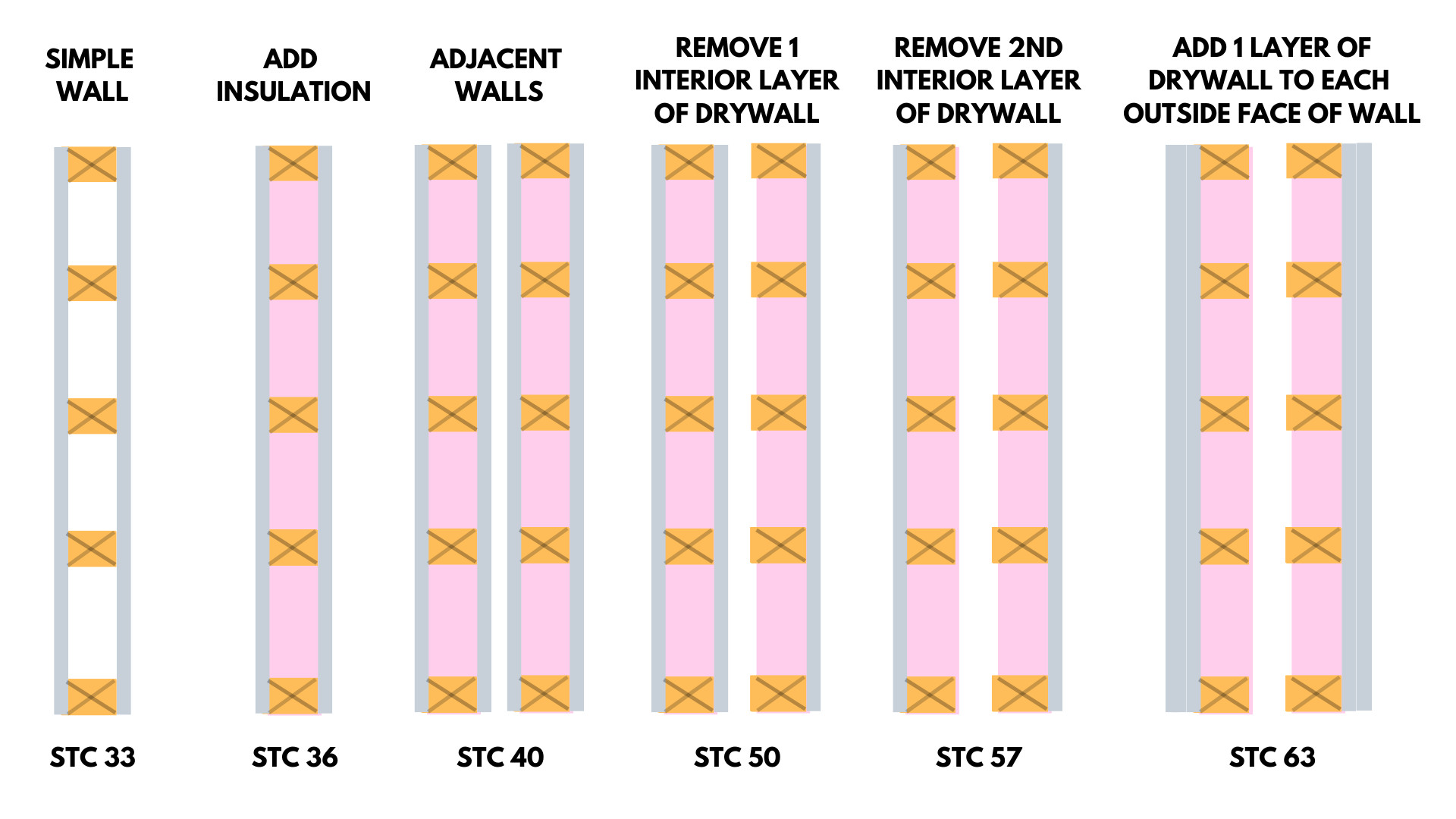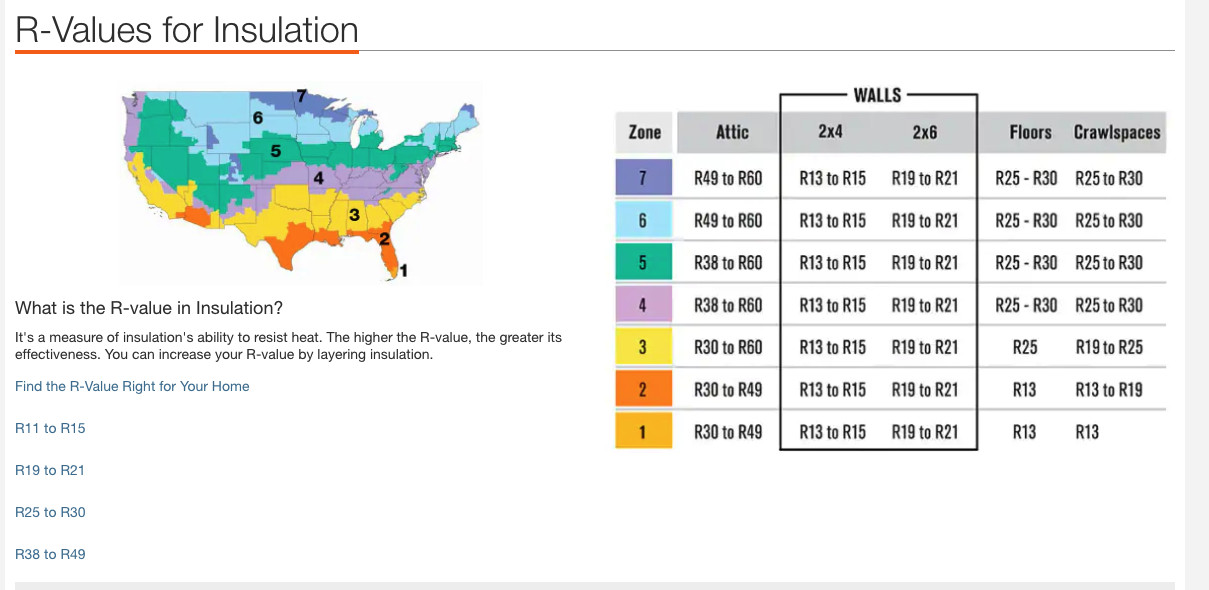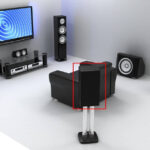Rockwool Safe ‘N’ Sound is a popular choice for soundproofing, but does Rockwool Safe ‘N’ Sound have an R-value? The answer is no, it does not have a tested R-value because it’s designed primarily for sound control, not thermal insulation. This article from streetsounds.net explores why standard insulation, like fiberglass, might be a better and more cost-effective option for soundproofing walls in many situations. By understanding the principles of soundproofing and the limitations of specific materials, you can create a quieter space without breaking the bank. Dive in to learn about sound transmission, noise reduction, and practical solutions for achieving optimal acoustic performance in your home or studio.
Table of Contents
- Understanding Soundproofing Systems
- R-Value and Insulation: What You Need to Know
- Cost Comparison: Rockwool Safe ‘N’ Sound vs. Other Insulation
- The Importance of Mass in Soundproofing
- When to Use Rockwool Safe ‘N’ Sound
- The Role of Airspace in Sound Isolation
- The Impact of Wall Construction on STC Ratings
- Debunking Soundproofing Myths
- Alternative Soundproofing Materials
- Optimizing Your Soundproofing Project
- Understanding Sound Absorption vs. Sound Blocking
- DIY Soundproofing Tips and Tricks
- Expert Advice on Soundproofing
- The Science Behind Soundproofing
- FAQ About Rockwool Safe ‘N’ Sound
1. Understanding Soundproofing Systems
Soundproofing isn’t about a single magic material; it’s about how different components work together. Many assume that Rockwool, with its acoustic properties, will significantly boost a wall’s Sound Transmission Class (STC) rating. However, the truth is that it might only make a small difference while taking a big chunk out of your budget. The key is to create a system that effectively blocks sound transmission, focusing on mass, decoupling, and absorption to achieve substantial noise reduction.

Wall STC Ratings Chart showing the importance of wall construction on sound isolation.
The diagram above illustrates various wall designs and their sound isolation capabilities. Notice that the wall on the far right offers the best sound isolation. This is primarily due to its construction, not any single material. Interestingly, the wall third from the left, with an STC of 40, uses the same materials—drywall, wood studs, and insulation. However, by positioning the drywall on the outer walls and creating an airspace in the middle, the STC rating jumps by 23 points. This highlights that while insulation is important, proper wall construction is more crucial for soundproofing, emphasizing a mass-spring-mass system.
2. R-Value and Insulation: What You Need to Know
When insulating walls, especially for climate control, understanding R-value is essential. R-value measures a material’s resistance to heat flow. Different regions of the USA require different R-values, as illustrated in the chart below. This is particularly important for standalone structures, roof insulation, or walls exposed to the outside environment.

R-Value Map showing recommended insulation levels for different regions in the USA.
For instance, a studio requiring insulation on all walls and the ceiling should use the R-values recommended for the specific climate zone. According to the map, attics might need R-38 insulation, while walls require R-13 to R-15. It’s crucial to consult with a contractor to determine the best R-value for your particular project. Rockwool Safe ‘N’ Sound is designed for interior walls and lacks a tested R-value, meaning it’s not designed for thermal insulation. This limitation is why streetsounds.net often suggests alternative insulation options for soundproofing projects.
3. Cost Comparison: Rockwool Safe ‘N’ Sound vs. Other Insulation
Is Rockwool Safe ‘N’ Sound cost-effective for soundproofing, or are there more budget-friendly alternatives? Rockwool is generally more expensive than other types of insulation. If you’re not building a double wall or using a hat channel system, Rockwool might offer some sound reduction benefits. However, for true soundproof wall systems, the added cost of Rockwool may not be justified. Let’s compare costs:
| Insulation Type | Cost per sq/ft (2023) |
|---|---|
| Rockwool Safe ‘N’ Sound | $0.95 |
| Owens Corning R13 Kraft Insulation | $0.55 |
As you can see, you save $0.40 per square foot by choosing Owens Corning R13 Kraft Insulation. For a 300 square foot studio with 10-foot ceilings:
- Rockwool Safe ‘N’ Sound: $1,045
- Owens Corning R13: $605
That’s a savings of $440! Many people look to save money during large construction projects, and this could be an area to do so. Streetsounds.net suggests redirecting those savings towards enhancing mass, such as adding an extra layer of drywall, which is more effective for soundproofing.
4. The Importance of Mass in Soundproofing
Why is mass such a crucial element in effective soundproofing? Mass acts as a barrier, preventing sound waves from easily passing through a structure. The denser the material, the more effective it is at blocking sound. In soundproofing, the principle of mass applies to walls, floors, and ceilings. Adding mass to these surfaces increases their ability to impede sound transmission, leading to a quieter environment.
To illustrate, consider a standard wall compared to a wall with an extra layer of drywall. The wall with additional drywall has greater mass and, as a result, offers better sound isolation. Similarly, using dense materials like concrete or multiple layers of plywood can significantly improve soundproofing performance. Streetsounds.net emphasizes that mass is a fundamental component in any successful soundproofing strategy.
5. When to Use Rockwool Safe ‘N’ Sound
When is Rockwool Safe ‘N’ Sound the right choice for your soundproofing needs? Rockwool Safe ‘N’ Sound is suitable for interior walls where sound control is desired but a full soundproofing system isn’t necessary. For example, if you’re building a home office and want to reduce noise between rooms, Rockwool can be a good option. It’s also useful in scenarios where thermal insulation isn’t a priority.
However, for serious soundproofing projects like recording studios or home theaters, streetsounds.net recommends exploring other solutions. In these cases, the investment in Rockwool Safe ‘N’ Sound may not provide the best return compared to other methods such as double walls, resilient channels, and alternative insulation materials.
6. The Role of Airspace in Sound Isolation
How does airspace contribute to sound isolation in wall construction? Airspace creates a decoupling effect, preventing sound vibrations from directly transferring from one side of the wall to the other. This is particularly effective in double-wall construction, where two separate walls are built with a gap in between. The airspace breaks the direct path of sound waves, significantly reducing sound transmission.
According to research from the New York University’s Clive Davis Institute of Recorded Music, in July 2025, airspace combined with absorptive materials like fiberglass insulation further enhances sound isolation by dissipating sound energy within the cavity. Streetsounds.net highlights the importance of airspace in creating high-performance soundproofing systems, as it complements other soundproofing techniques to achieve optimal results.
7. The Impact of Wall Construction on STC Ratings
How does wall construction impact the Sound Transmission Class (STC) rating of a wall? The STC rating measures a wall’s ability to block sound. Wall construction significantly influences this rating. Factors such as the type of materials used, the presence of airspace, and the method of decoupling all play a role.
For example, a wall with staggered studs or resilient channels has a higher STC rating than a standard wall with studs directly connecting both sides. Similarly, a double-wall construction with airspace and insulation achieves even better sound isolation. Streetsounds.net emphasizes that understanding the principles of wall construction is critical for maximizing STC ratings and achieving effective soundproofing.
8. Debunking Soundproofing Myths
Are there common misconceptions about soundproofing that need clarification? Yes, several myths can lead to ineffective soundproofing efforts. One common myth is that simply adding mass to a wall is sufficient for soundproofing. While mass is important, it’s only one component of a comprehensive soundproofing system. Decoupling, absorption, and sealing air gaps are also essential.
Another myth is that expensive materials are always the best choice. As discussed earlier, Rockwool Safe ‘N’ Sound may not be the most cost-effective option for every situation. Streetsounds.net aims to dispel these myths by providing accurate information and practical advice, ensuring that you make informed decisions for your soundproofing projects.
9. Alternative Soundproofing Materials
What are some alternative soundproofing materials besides Rockwool Safe ‘N’ Sound? Several materials can be used to enhance soundproofing, depending on the specific requirements of your project. Fiberglass insulation, as mentioned earlier, is a cost-effective option for filling wall cavities. Mass-loaded vinyl (MLV) is a dense material that adds mass to walls and ceilings. Resilient channels decouple drywall from studs, reducing sound transmission.
Additionally, soundproof curtains and blankets can help absorb sound in a room. Streetsounds.net recommends exploring these alternatives to find the best combination of materials for your soundproofing needs. Here’s a comparison of some options:
| Material | Cost | Soundproofing Properties | Uses |
|---|---|---|---|
| Fiberglass Insulation | Low | Absorbs sound within wall cavities | Walls, ceilings |
| Mass-Loaded Vinyl (MLV) | Moderate | Adds mass, blocks sound | Walls, ceilings, floors |
| Resilient Channels | Moderate | Decouples drywall from studs | Walls, ceilings |
| Soundproof Curtains | Moderate | Absorbs sound in the room | Windows, doors |
10. Optimizing Your Soundproofing Project
What are the key steps to optimize your soundproofing project for the best results? Begin by identifying the primary sources of noise and the paths through which sound is entering or leaving the space. This assessment will help you determine the most effective soundproofing strategies. Next, focus on addressing the weakest points in the structure, such as doors, windows, and air gaps.
Use a combination of techniques, including adding mass, decoupling surfaces, and absorbing sound. Finally, seal any cracks or openings to prevent sound leakage. Streetsounds.net emphasizes a holistic approach to soundproofing, considering all aspects of the space to achieve optimal noise reduction.
11. Understanding Sound Absorption vs. Sound Blocking
What is the difference between sound absorption and sound blocking, and why is it important for soundproofing? Sound absorption involves materials that soak up sound energy, reducing reflections and reverberation within a space. Sound-absorbing materials are typically soft and porous, such as acoustic panels, fiberglass insulation, and soundproof curtains.
Sound blocking, on the other hand, involves materials that prevent sound from passing through them. These materials are dense and heavy, such as mass-loaded vinyl and multiple layers of drywall. Streetsounds.net explains that effective soundproofing requires a combination of both sound absorption and sound blocking to achieve optimal results.
12. DIY Soundproofing Tips and Tricks
Are there any do-it-yourself (DIY) soundproofing tips and tricks that can help improve sound isolation? Yes, several DIY methods can make a noticeable difference in soundproofing. Sealing air gaps around doors and windows with weatherstripping or acoustic caulk is a simple and effective way to block sound. Hanging heavy curtains or blankets can absorb sound and reduce reflections.
Adding rugs or carpets to floors can also help dampen sound. For walls, consider adding extra layers of drywall or using soundproof paint. Streetsounds.net provides these DIY tips to help you get started with soundproofing on a budget, and connect with like-minded individuals at our address: 726 Broadway, New York, NY 10003, United States. Phone: +1 (212) 998-8550.
13. Expert Advice on Soundproofing
What expert advice can help ensure the success of your soundproofing efforts? Experts recommend starting with a thorough assessment of your space to identify the primary sources of noise and the pathways through which sound travels. It’s also important to consider the specific goals of your soundproofing project. Are you trying to block sound from entering a room, or are you trying to prevent sound from escaping?
Additionally, consult with a contractor or acoustician who can provide guidance on the best materials and techniques for your situation. Streetsounds.net emphasizes the value of professional advice in achieving effective and long-lasting soundproofing results.
14. The Science Behind Soundproofing
Can you explain the science behind soundproofing? Soundproofing works by addressing the ways in which sound travels through a structure. Sound waves can travel through the air, through solid materials, and through vibrations. Effective soundproofing involves a combination of strategies to block these pathways.
Mass blocks sound by preventing sound waves from passing through a barrier. Decoupling separates surfaces to reduce vibration transmission. Absorption soaks up sound energy to reduce reflections. Streetsounds.net explains that understanding these scientific principles is key to designing and implementing effective soundproofing solutions.
15. FAQ About Rockwool Safe ‘N’ Sound
Here are some frequently asked questions about Rockwool Safe ‘N’ Sound:
- Does Rockwool Safe ‘N’ Sound have an R-value?
No, Rockwool Safe ‘N’ Sound does not have a tested R-value, as it is designed for sound control, not thermal insulation. - Is Rockwool Safe ‘N’ Sound effective for soundproofing?
Yes, it can help reduce noise transmission, especially in interior walls, but it’s most effective when used as part of a comprehensive soundproofing system. - Is Rockwool Safe ‘N’ Sound more expensive than other insulation options?
Yes, it typically costs more than fiberglass insulation. - Can I use Rockwool Safe ‘N’ Sound in exterior walls?
It’s not recommended for exterior walls because it lacks an R-value for thermal insulation. - What is the STC rating of Rockwool Safe ‘N’ Sound?
The STC rating depends on the overall wall construction, but Rockwool Safe ‘N’ Sound can contribute to a higher STC rating. - Is Rockwool Safe ‘N’ Sound environmentally friendly?
Rockwool is made from recycled materials and is considered a sustainable insulation option. - Does Rockwool Safe ‘N’ Sound resist mold and mildew?
Yes, Rockwool is naturally resistant to mold and mildew. - Can I install Rockwool Safe ‘N’ Sound myself?
Yes, it can be installed by homeowners, but professional installation is recommended for optimal performance. - Does Rockwool Safe ‘N’ Sound require any special safety precautions during installation?
It’s recommended to wear gloves, a mask, and eye protection when handling Rockwool to avoid skin and respiratory irritation. - Where can I purchase Rockwool Safe ‘N’ Sound?
It’s available at most home improvement stores and online retailers.
Ready to explore the world of sound and create your ideal sonic environment? Visit streetsounds.net today to discover our extensive library of street sound effects, insightful articles, and a vibrant community of sound enthusiasts. Whether you’re a filmmaker, musician, or simply a lover of urban soundscapes, streetsounds.net offers everything you need to bring your creative projects to life. Join us now and start your sound journey!

